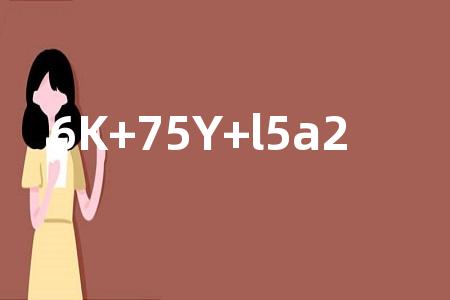读句子学语法:过去完成时

在深入探讨英语语法的复杂性时,过去完成时态是一个非常重要的概念。它不仅帮助我们表达过去某个时间点之前已经完成的动作,还能够描绘出过去事件的先后顺序和因果关系。通过例句和语法分析,我们可以更好地理解过去完成时态在不同语境中的应用,从而在实际交流中更加准确地使用这一时态。
<例句>
I had thought to return early but they wouldn't let me go.
我本想早点回来的,但他们不让我走。
<语法分析>
在谈及由hope, intend, mean以及think等词所表达的未实现的愿望时,可以用过去完成时态,这是该时态的常见用法。所为过去完成时态就是过去时与完成时的结合,它表示在过去的某个时期或时刻之前已经完成的动作或存在的状态,动作或状态的时间一直延伸到过去某个时刻。
<触类旁通>
(1) When I arrived she had just left.
我到达的时候,她刚刚离开。
语法分析:过去完成时表示过去某时前某事已经发生,可以说是过去的过去。
(2) I heard that he made an important discovery.
我听说他有了一个重要的发现。
语法分析:过去完成时常用在宾语从句中,尤其用在间接引语中。
(3) As soon as she had done it, she knew it was a mistake.
她刚一动手就知道做错了。
语法分析:在状语从句中,也用过去完成时。
(4) I had intended to come over to see you, but was prevented from doing so.
我原打算过来看你,但受阻未来成。
语法分析:有些词如hope, plan, mean, expect, intend, suppose, want以及think等有时用过去完成时表示一个本来打算做而未做,曾经设想而未实现的事。
(5) He got here before I had got up.
我还未起床,他就来了。
语法分析:before之后可用过去完成时,表示一个过去未完成或未能来得及完成的动作,这个动作发生的时间迟于主句动作发生的时间。
(6) We would get into trouble as soon as the gas had run out.
汽油一用完,我们就会陷入困境。
语法分析:在时间和条件状语从句中,过去完成时可大体过去将来完成时。
<巩固练习>
(1) She told me that she ______[break] her glasses yesterday.
(2) The bell rang before I ______[complete] my paper.
(3) I _____[think] that he had died at least two years ago.
(4) I _____[hope] to enter a university, but didn't.
(5) The concert was more successful than she _____[think].
(6) She wore the necklace her mother _____[leave] her.
(7) When he _____[sing] his song he sat down.
(8) She told me that she _____[know] me since she was a child.
<参考答案>
(1) had broken (2) had completed (3) has thought (4) had hoped (5) had thought (6) had left (7) had sung (8) had known
相关文章
- 高频情景口语对话:面试通知
- 读句子学语法:过去完成时
- 英语词汇:hay day
- 12篇英语三分钟演讲稿
- 招呼顾客的实用英语口语
- 实用英语·如何询问顾客喜好?
- 王羲之故居(Former residence of Wang Xizhi)
- 当面试官问你:你会主动做事吗? Can you act on your own initiative?
- 当面试官问你:你认为自己有哪些缺点?
- 向顾客推荐商品的实用英语口语
- 吉林雾凇的英语导游词
- “珍珠奶茶”并非简单的“milk tea”
- 密码与常用术语的英语表达
- 实用英语:道歉、预约以及询问时间等
- 英语笑话:A Bad Day 倒霉的一天
- 翻译辨析:英语口语翻译的「音」与「意」
- 高频情景口语对话:设施故障
- 读句子学语法:need的用法
- 英语笑话:Three Envelopes 三个信封
- 翻译辨析:英语成语有时看上去完全不像成语